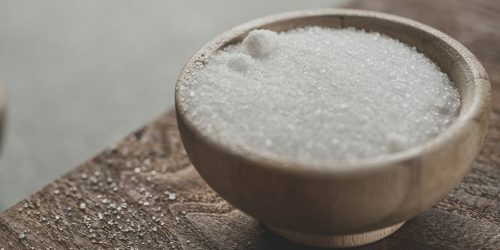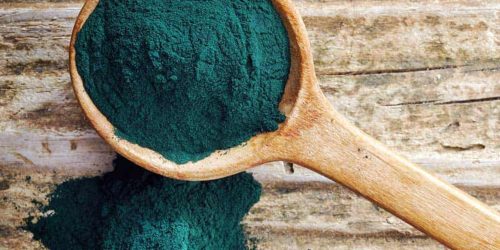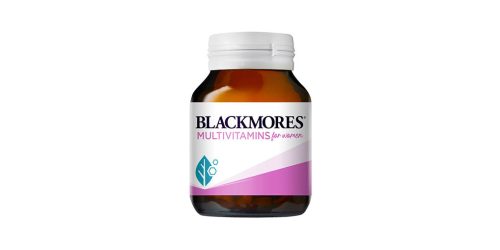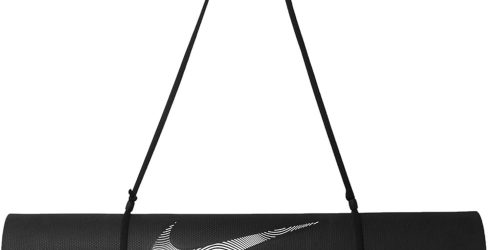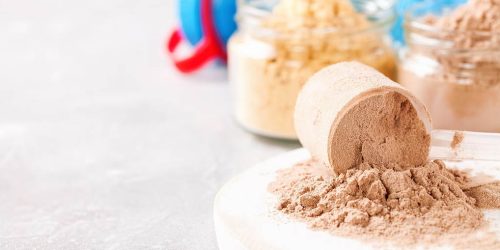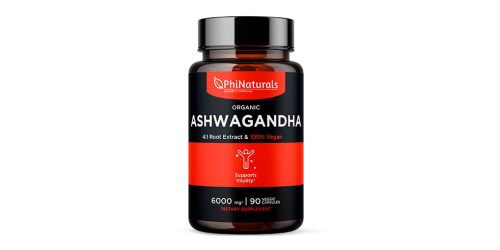7 Foods That Look Healthy But Are Actually Not: The Health Traps You Might Be Falling Into
In today’s society, more and more people are paying attention to healthy eating, thinking that choosing healthy foods can help maintain good physical condition and even achieve goals such as weight loss and beauty. However, many overlook the fact that some foods that appear “healthy” may not be as beneficial as we imagine and can even have negative effects on our bodies when consumed over time. As a fashion and beauty blogger, I always advocate that diet and beauty go hand in hand. Only by maintaining good eating habits can we achieve both inner and outer beauty. Therefore, today I would like to share with you seven foods that appear healthy but may not be as healthy as they seem, helping you avoid falling into “health food traps.”
1. Healthy Drinks: Fruit Juices and Juice Drinks
Many people believe that fruit juice is a healthy beverage, especially since it is rich in vitamin C, making it a great choice, particularly for breakfast. However, in reality, many fruit juice drinks on the market are not made from pure fruit juice but instead contain a lot of sugar and additives. Even “100% pure fruit juice” lacks fiber, and its sugar can be rapidly absorbed, leading to spikes in blood sugar and putting strain on the body.
Why does it look healthy?
Fruit juices contain various nutrients from fruits and have a vibrant color, which gives the impression of being healthy and nutrient-rich.
What’s the problem?
- High sugar content: Most commercial fruit drinks add large amounts of sugar. Even pure fruit juices can lead to spikes in calories due to their high sugar content.
- Lack of fiber: The process of juicing removes most of the fiber in the fruit, reducing its ability to regulate the intestines. Long-term consumption may affect gut health and cause blood sugar fluctuations.
Healthier alternatives:
If you make juice at home, try combining fruits and vegetables and keep the fiber content intact. If store-bought, choose juices with no added sugar and limit your intake.
2. “Low-Fat” Foods: Fat-Free Yogurt
“Low-fat” or “fat-free” yogurt has always been considered a good choice for weight loss and maintaining a healthy figure. However, in reality, many fat-free yogurts compensate for the lack of flavor by adding large amounts of sugar and chemical additives. These sugars may result in a higher calorie content, thus having a negative impact on weight management.
Why does it look healthy?
Low-fat yogurt is often marketed as low in fat and rich in probiotics, which supposedly aid digestion and contribute to health.
What’s the problem?
- High sugar content: To compensate for the lack of fat, many low-fat yogurts contain added sugars. Excess sugar intake is one of the root causes of many health issues.
- Artificial additives: To maintain flavor and shelf life, many low-fat yogurts are loaded with artificial sweeteners and thickeners.
Healthier alternatives:
Opt for natural full-fat yogurt, which, although higher in fat, contains beneficial probiotics for gut health and has less sugar than low-fat versions. If concerned about calories, choose unsweetened full-fat yogurt.
3. “Healthy” Snacks: Nut Mixes
Nuts are often praised for their healthy fats and protein content, making them a popular healthy snack. However, many pre-packaged nut mixes are not as simple as they appear. To enhance flavor and extend shelf life, many brands add salt, sugar, and other chemical flavorings. These added ingredients can significantly increase the calorie and sodium content, making them less healthy.
Why does it look healthy?
Nuts are rich in monounsaturated fats, protein, and fiber, helping to maintain health and provide satiety, often recommended as healthy snacks.
What’s the problem?
- Excessive salt and sugar: Many nut mixes are loaded with salt and sugar for flavoring. Excessive sodium intake can lead to bloating, high blood pressure, and other issues.
- High calorie content: While nuts are nutrient-dense, they are also very high in calories. If eaten in excess, they can lead to weight gain.
Healthier alternatives:
Choose plain, unprocessed nuts and control portion sizes. Only take out a small amount to avoid overeating.
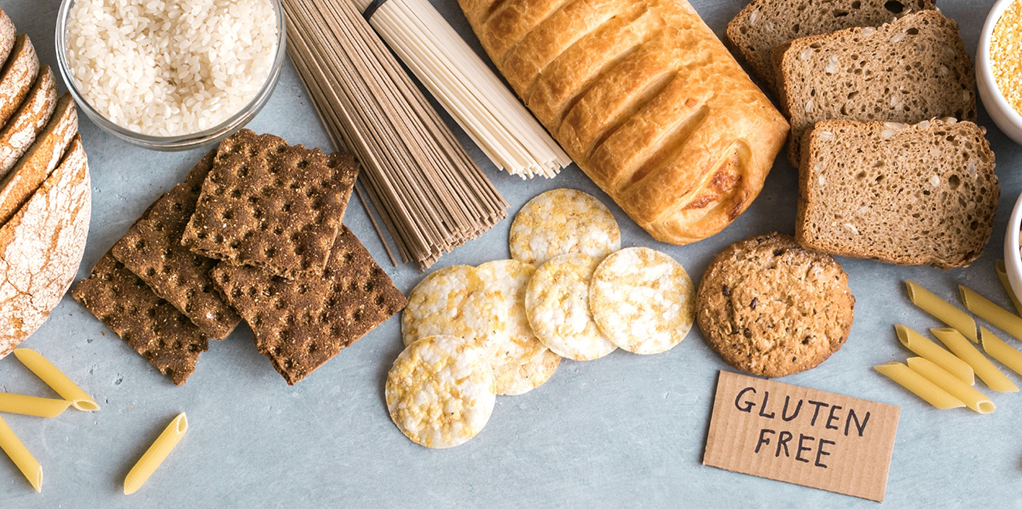
4. “Gluten-Free” Foods
In recent years, the popularity of gluten-free diets has led many to choose gluten-free foods, believing they are better for their health. However, many gluten-free processed foods contain large amounts of sugar, starch, and preservatives to compensate for the texture and taste lost from removing gluten. As a result, they may be higher in calories and sugar compared to traditional gluten-containing foods.
Why does it look healthy?
Gluten-free foods are often marketed as better for those with gluten sensitivity or celiac disease, and are presented as a “healthier” alternative, especially for those avoiding refined carbs.
What’s the problem?
- Added sugar and starch: To replace gluten, many gluten-free products contain more sugar and starch, which leads to increased calorie intake.
- Nutrient loss: The process of removing gluten often strips away beneficial fiber and nutrients, which can undermine health.
Healthier alternatives:
If you don’t have gluten sensitivity, it’s better to choose unprocessed foods like whole grains, oats, and quinoa. If you require gluten-free options, choose brands with no added sugar and lower processing.
5. “Healthy” Fast Food: Salads and Salad Dressings
Salads are often seen as the go-to healthy fast food because they are packed with fresh vegetables and fruits. However, the “healthiness” of salads is often compromised by the dressings and other ingredients added to them. Many store-bought salad dressings contain large amounts of sugar, fat, and chemical additives, making them high in calories and sugar.
Why does it look healthy?
Salads contain a variety of vegetables, fruits, and protein sources, making them look like a low-calorie, healthy food choice.
What’s the problem?
- High sugar and fat in dressings: Many commercial salad dressings are packed with sugar, trans fats, and high-calorie ingredients, turning a potentially low-calorie meal into a calorie bomb.
- Added fried chicken or croutons: To enhance flavor, people often add fried chicken or croutons to their salads, which are high in calories and disrupt the nutritional balance of the meal.
Healthier alternatives:
Make your own salad dressings with olive oil, lemon juice, and a touch of honey. Choose fresh salads without excessive toppings or fried ingredients.
6. Low-Calorie Snacks: Low-Calorie Cookies and Candies
Many low-calorie cookies and candies are marketed as healthy options, with labels highlighting low fat, low sugar, or sugar-free claims. These foods may seem like a great option for those looking to manage their weight. However, many low-calorie snacks contain large amounts of artificial sweeteners and chemical additives, which can have adverse effects on health.
Why does it look healthy?
Low-calorie snacks give the illusion of being “diet-friendly” and are marketed as healthier alternatives.
What’s the problem?
- Artificial sweeteners: These snacks often use artificial sweeteners in place of sugar, which can negatively impact metabolism and gut health.
- Over-processed: Low-calorie snacks are typically highly processed and lack natural ingredients, leading to potential health risks from excessive consumption.
Healthier alternatives:
Choose natural, unprocessed snacks like fruits, nuts, or yogurt. Avoid over-relying on low-calorie products.
7. “Healthy” Energy Bars
Energy bars are a favorite among fitness enthusiasts and busy office workers due to their convenience and energy-boosting properties, making them seem like a healthy snack choice. However, many energy bars on the market contain excessive amounts of sugar, artificial sweeteners, and other unnecessary additives. While they may provide an immediate energy boost, consuming them frequently may lead to weight gain and blood sugar fluctuations.
Why does it look healthy?
Energy bars are often marketed as high in protein and fiber, claimed to be healthy snacks that help replenish energy and curb hunger.
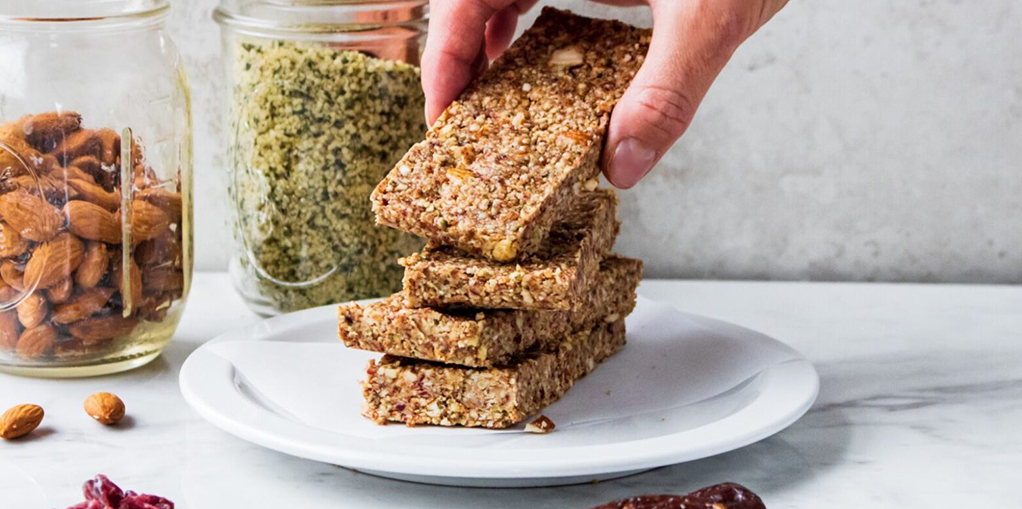
What’s the problem?
- High sugar and chemical ingredients: Many energy bars contain sugar and artificial sweeteners, which lead to weight gain and other health issues.
- Excessive calorie content: While energy bars can provide energy, they are typically very high in calories. Frequent consumption can lead to excess calorie intake.
Healthier alternatives:
Look for energy bars with natural ingredients, and check the label for added sugars and artificial additives. Choose bars made with whole grains, nuts, oats, and other natural ingredients.
When striving for a healthy lifestyle, we sometimes overlook the potential problems with foods that seem healthy. By understanding the ingredients in these foods and how they impact our bodies, we can make wiser choices about what to eat. Maintaining health doesn’t mean only eating “health-labeled” foods, but rather achieving a balance in our diet. I hope this article helps you better understand and choose healthy foods, avoiding those “traps” that appear healthy but are not, and lead to a healthier eating pattern.
Recommended Brands and Products:
- LÄRABAR Energy Bars: Made from natural fruits and nuts, these energy bars are a healthy snack choice.
- Chobani Yogurt: This yogurt is rich in probiotics and made from natural ingredients, which helps support gut health.
- Oatly Oat Milk: Suitable for those who are lactose intolerant or want to reduce dairy intake, it is rich in fiber and vitamins.
I hope this article helps you make smarter choices when it comes to your diet, avoiding misleading “health food traps” and adopting healthier eating habits.
